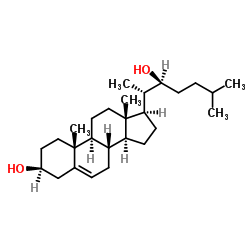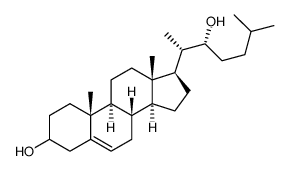| Structure | Name/CAS No. | Articles |
|---|---|---|
 |
22-alpha-Hydroxy Cholesterol
CAS:17954-98-2 |
|
 |
22(R)-HYDROXYCHOLESTEROL
CAS:22348-64-7 |
|
 |
ccmp sodium salt
CAS:54925-33-6 |